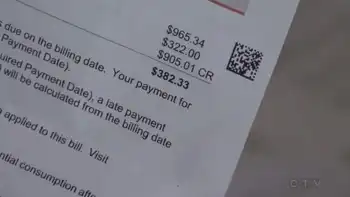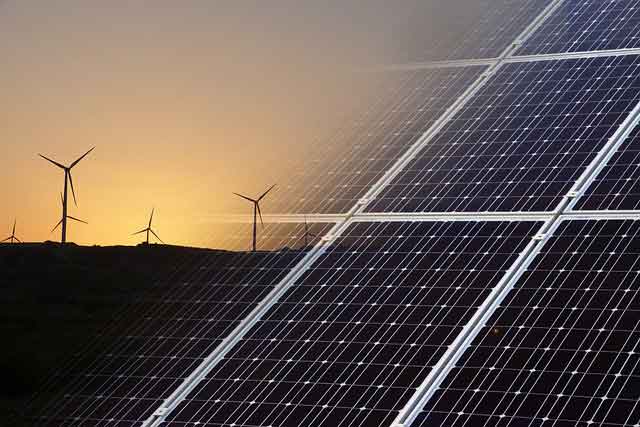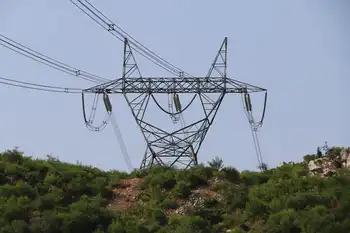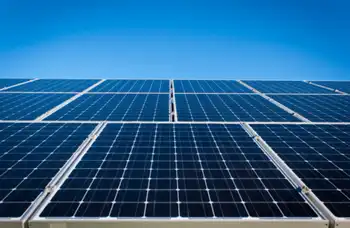Alberta Leads the Way in Agrivoltaics
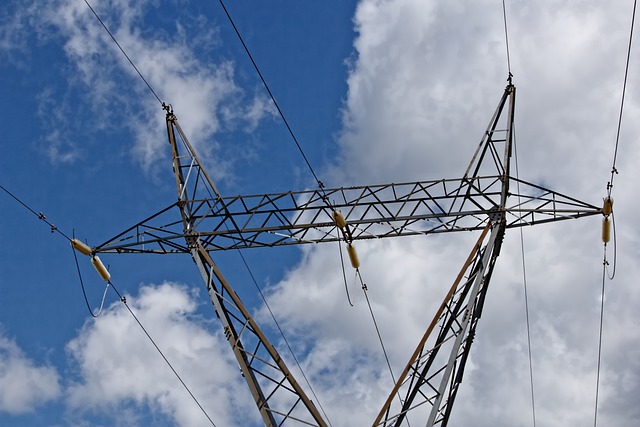
Electrical Testing & Commissioning of Power Systems
Our customized live online or in‑person group training can be delivered to your staff at your location.

- Live Online
- 12 hours Instructor-led
- Group Training Available
Agrivoltaics in Alberta integrates solar energy with agriculture, boosting crop yields and water conservation. The Strathmore Solar project showcases dual land use, sheep grazing for vegetation control, and PPAs that expand renewable energy capacity.
Key Points
A dual-use model where solar arrays and farming co-exist, boosting yields, saving water, and diversifying revenue.
✅ Strathmore Solar: 41 MW on 320 acres with managed sheep grazing
✅ 25-year TELUS PPA secures power and renewable energy credits
✅ Panel shade cuts irrigation needs and protects crops from extremes
Alberta is emerging as a leader in agrivoltaics—the innovative practice of integrating solar energy production with agricultural activities, aligning with the province's red-hot solar growth in recent years. This approach not only generates renewable energy but also enhances crop yields, conserves water, and supports sustainable farming practices. A notable example of this synergy is the Strathmore Solar project, a 41-megawatt solar farm located on 320 acres of leased industrial land owned by the Town of Strathmore. Operational since March 2022, it exemplifies how solar energy and agriculture can coexist and thrive together.
The Strathmore Solar Initiative
Strathmore Solar is a collaborative venture between Capital Power and the Town of Strathmore, with a 25-year power purchase agreement in place with TELUS Corporation for all the energy and renewable energy credits generated by the facility. The project not only contributes significantly to Alberta's renewable energy capacity, as seen with new solar facilities contracted at lower cost across the province, but also serves as a model for agrivoltaic integration. In a unique partnership, 400 to 600 sheep from Whispering Cedars Ranch are brought in to graze the land beneath the solar panels. This arrangement helps manage vegetation, reduce fire hazards, and maintain the facility's upkeep, all while providing shade for the grazing animals. This mutually beneficial setup maximizes land use efficiency and supports local farming operations, illustrating how renewable power developers can strengthen outcomes with integrated designs today.
Benefits of Agrivoltaics in Alberta
The integration of solar panels with agricultural practices offers several advantages for a province that is a powerhouse for both green energy and fossil fuels already across sectors:
-
Enhanced Crop Yields: Studies have shown that crops grown under solar panels can experience increased yields due to reduced water evaporation and protection from extreme weather conditions.
-
Water Conservation: The shade provided by solar panels helps retain soil moisture, leading to a decrease in irrigation needs.
-
Diversified Income Streams: Farmers can generate additional revenue by selling renewable energy produced by the solar panels back to the grid.
-
Sustainable Land Use: Agrivoltaics allows for dual land use, enabling the production of both food and energy without the need for additional land.
These benefits are evident in various agrivoltaic projects across Alberta, where farmers are successfully combining crop cultivation with solar energy production amid a renewable energy surge that is creating thousands of jobs.
Challenges and Considerations
While agrivoltaics presents numerous benefits, there are challenges to consider as Alberta navigates challenges with solar expansion today across Alberta:
-
Initial Investment: The setup costs for agrivoltaic systems can be high, requiring significant capital investment.
-
System Maintenance: Regular maintenance is essential to ensure the efficiency of both the solar panels and the agricultural operations.
-
Climate Adaptability: Not all crops may thrive under the conditions created by solar panels, necessitating careful selection of suitable crops.
Addressing these challenges requires careful planning, research, and collaboration between farmers, researchers, and energy providers.
Future Prospects
The success of projects like Strathmore Solar and other agrivoltaic initiatives in Alberta indicates a promising future for this dual-use approach. As technology advances and research continues, agrivoltaics could play a pivotal role in enhancing food security, promoting sustainable farming practices, and contributing to Alberta's renewable energy goals. Ongoing projects and partnerships aim to refine agrivoltaic systems, making them more efficient and accessible to farmers across the province.
The integration of solar energy production with agriculture in Alberta is not just a trend but a transformative approach to sustainable farming. The Strathmore Solar project serves as a testament to the potential of agrivoltaics, demonstrating how innovation can lead to mutually beneficial outcomes for both the agricultural and energy sectors.





